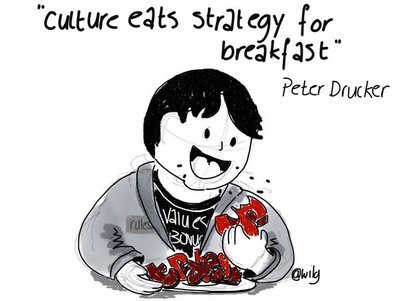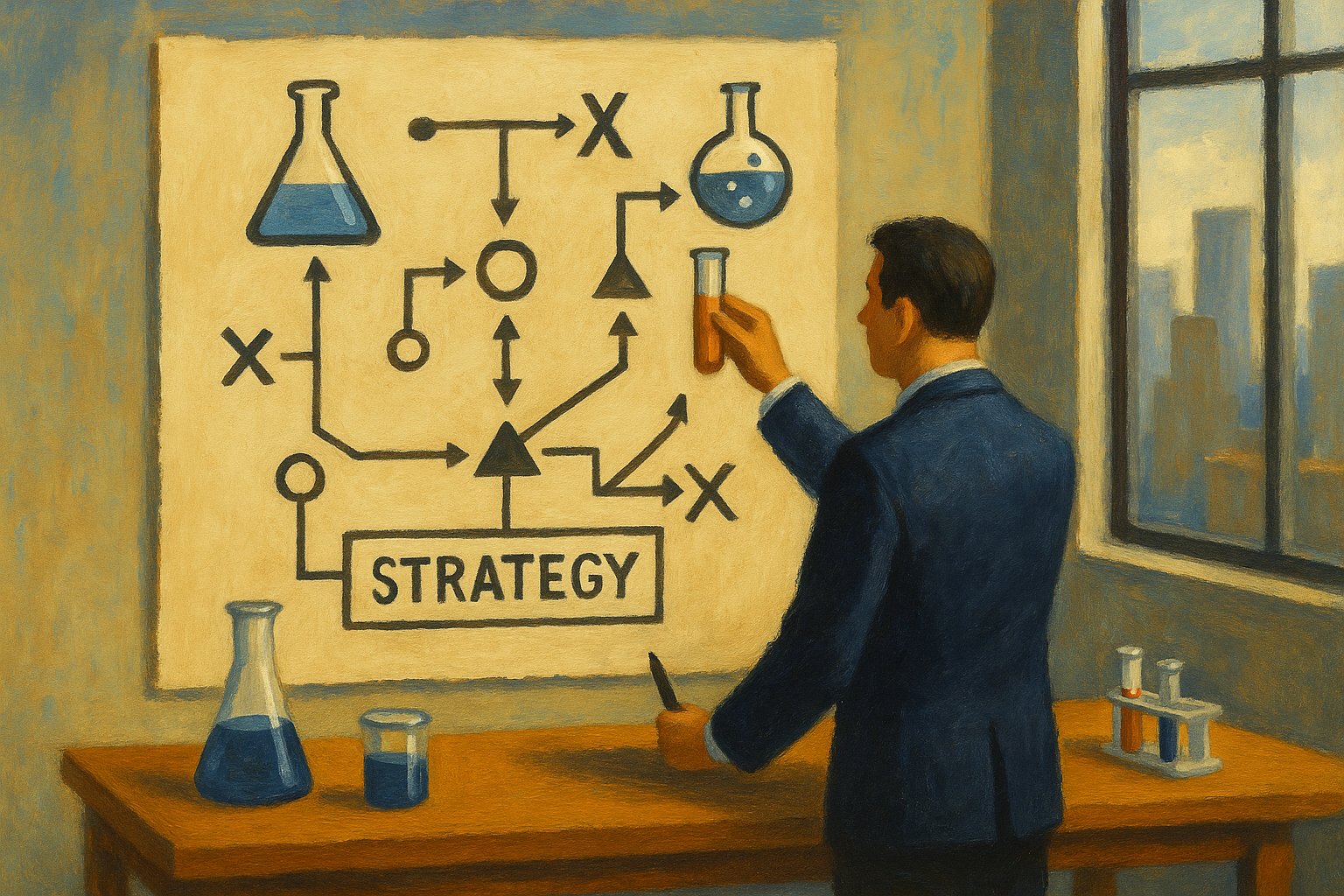Steve Blank likes to joke that the two groups of people that require five year plans are Venture Capitalists and the Soviet Union. I would like to add a third group to that list, large successful companies. In order to get funding within a large corporation for any new idea you have to complete a detailed business case with three to five year projections.
Employees are told that management needs and wants to know upfront whether the investment is worth making in terms of ROI, IRR, ARR, NPV and Payback Period. In other words, management wants to know on day one that the company will make a lot of money on its investment in a new product idea.
The problem is, unless they have a crystal ball, there is no way of knowing on day one how a truly new idea will do in the market. This may be possible for an established product with a trading history, but it is not possible for new ideas.
Christensen rightly distinguishes between human capabilities, which are the skills, knowledge and abilities of the people that work in a company; and organizational capabilities, which are the structures, processes and culture of the company. In my experience, organizational capabilities trump human capabilities any day. Culture eats strategy for breakfast.
Every company has its instincts. These have been honed by its history, traditions and culture; fanned by the flames of its previous successes. These things are in turn reflected in how the company runs its business; what type of people get investment, what type of ideas get investment, what types of success get rewarded and celebrated, and even more importantly, what employees need to do to get someone in the company to investment in their ideas. These instincts are the company’s antibodies to ideas and practices it considers harmful. Unfortunately, these instincts can also act as antibodies to innovation.
Unless you change a company’s instincts, there is no chance that you will successfully create an innovation culture that lasts over time. I have seen it a thousand times (if only I had penny and all that!). We are often invited to run a lean innovation session for product teams in a large company. We teach their product teams business model design, experiment design, minimum viable products and other lean startup product development best practices. We have a great session, they return to their jobs fired up.
And then…
Their manager refuses to give them money to try out their new idea unless
they complete the 20 page business case.
I have even heard of cases where managers phone product teams asking for progress on a current product in development. What they want to know is how the build is going. The team, having come from one of our workshops, enthusiastically states that they are just running some customer development interviews before they start building. The manager gets clearly annoyed and agitated with this. The team is told very firmly to build the product as was stated in the business case. Promises were made to the Executive Board, and the team has to deliver.
This is the power of organizational antibodies. The company has just spent money on building up human capabilities in its product teams. However, its organizational capabilities encourage management behaviors that are in direct conflict with the human capabilities it is trying to build.
At the moment, the instinct in most companies is to panic when they are asked to invest in an idea that does not have a five year business case.
Oh No! Where Is Your Business Case?!
There are currently very few companies that have the instinct to panic about the possibility of investing in a business case that is yet to be tested and validated with customers. Very few Executive Boards will say…
Oh No! Where Is Your Validated Business Model?!
Until these instincts change, large companies will continue to struggle with innovation. What companies need are organizational capabilities that instinctively panic about investing in ideas that have not yet been fully tested in the market. This would in turn result in the company instituting a culture that invests in experiments, minimum viable products and iterations. This culture would celebrate employees who fail and learn fast, and punish those who invest large amounts in untested ideas. They would have a process that invests in ideas incrementally, doubling down investment only in ideas that are showing the most traction. The rule in such a company would be that nothing is ever launched at scale before it is tested and validated. This company would be a Corporate Startup.
______________________________
This article was first posted at www.tendayiviki.com.Read part two and part three of this series by clicking on the links below:
The Fallacy of Planning (Part Two) :- Five Reasons Why Business Plans Don’t Work for InnovationThe Fallacy of Planning (Part Three): How To Manage Innovation Without Business Plans





